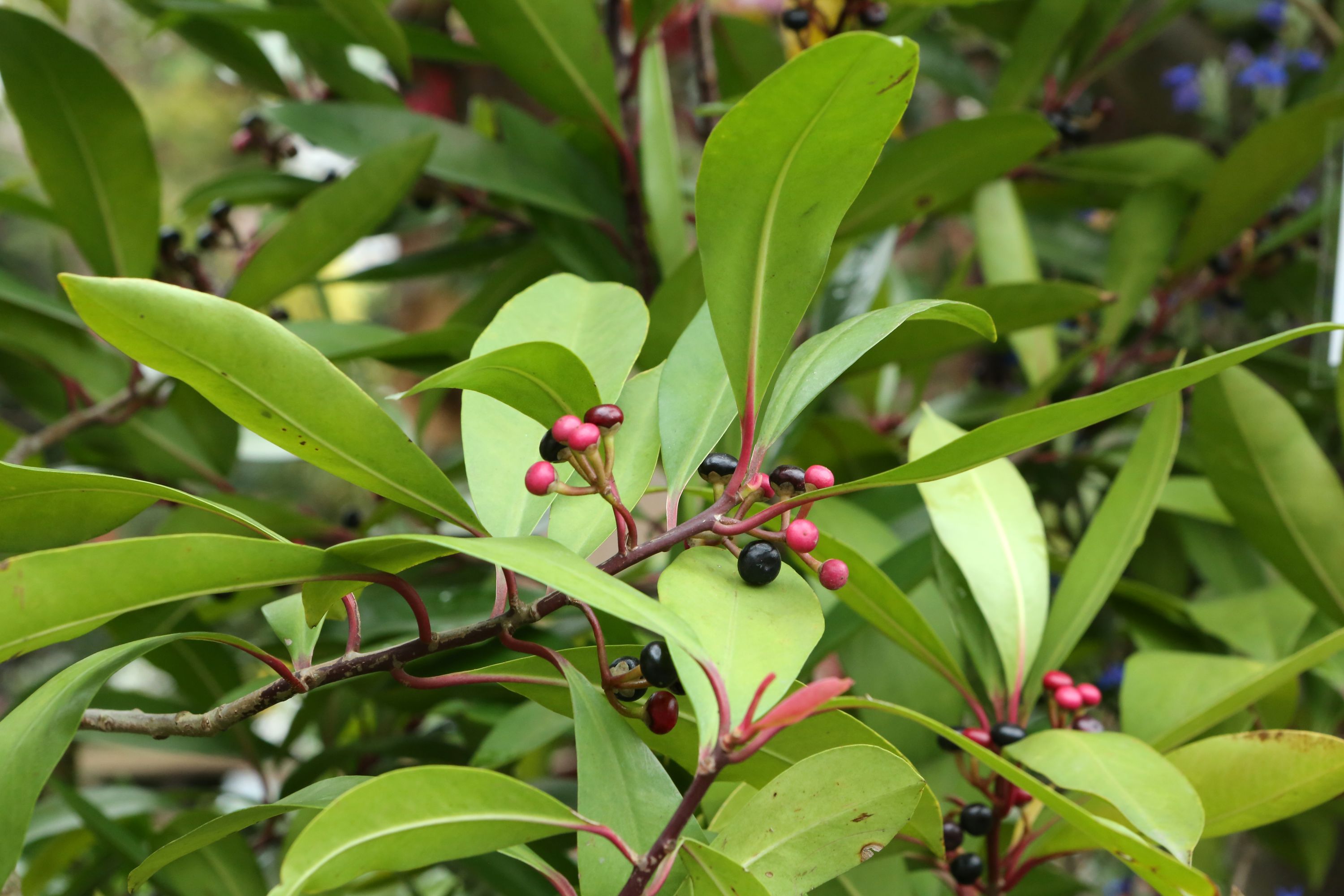Blueberry
(Cyanococcus)

Description
Blueberries are a widely distributed and widespread group of perennial flowering plants with blue or purple berries. They are classified in the section Cyanococcus within the genus Vaccinium. Vaccinium also includes cranberries, bilberries, huckleberries and Madeira blueberries. Commercial blueberries—both wild (lowbush) and cultivated (highbush)—are all native to North America. The highbush varieties were introduced into Europe during the 1930s. Five species of blueberries grow wild in Canada, including Vaccinium myrtilloides, Vaccinium angustifolium and Vaccinium corymbosum, which grow on forest floors or near swamps. Wild (lowbush) blueberries are not planted by farmers, but rather are managed on berry fields called "barrens". Wild blueberries reproduce by cross pollination, with each seed producing a plant with a different genetic composition, causing within the same species differences in growth, productivity, color, leaf characteristics, disease resistance, flavor, and other fruit characteristics. The mother plant develops underground stems called rhizomes, allowing the plant to form a network of rhizomes creating a large patch (called a clone) which is genetically distinct. Floral and leaf buds develop intermittently along the stems of the plant, with each floral bud giving rise to 5–6 flowers and the eventual fruit. Wild blueberries prefer an acidic soil between 4.2 and 5.2 pH and only moderate amounts of moisture. They have a hardy cold tolerance in their Canadian range and the U.S. state of Maine. Fruit productivity of lowbush blueberries varies by the degree of pollination, genetics of the clone, soil fertility, water availability, insect infestation, plant diseases and local growing conditions. Wild (lowbush) blueberries have an average mature weight of 0.3 grams (1⁄128 oz). Highbush (cultivated) blueberries prefer sandy or loam soils, having shallow root systems that benefit from mulch and fertilizer. The leaves of highbush blueberries can be either deciduous or evergreen, ovate to lanceolate, and 1–8 cm (1⁄2–3+1⁄4 in) long and 0.5–3.5 cm (1⁄4–1+3⁄8 in) broad. The flowers are bell-shaped, white, pale pink or red, sometimes tinged greenish.
Taxonomic tree:







